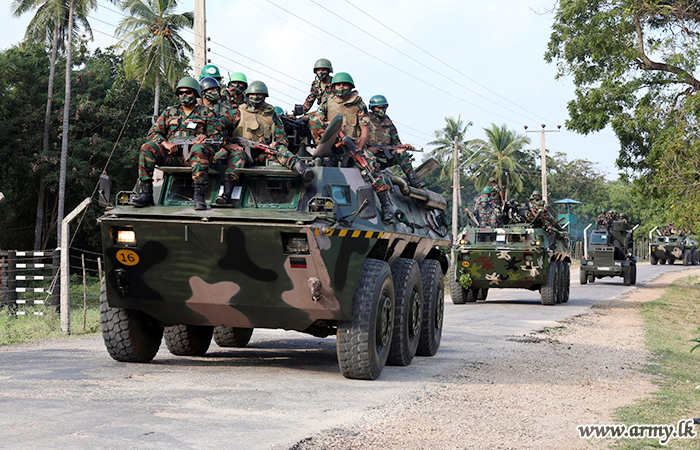(Tamil Guardian) Despite repeated assurances from successive governments, more than 2,500 acres of Tamil-owned land in Jaffna remain occupied by Sri Lanka’s military, navy, air force, and police, nearly 16 years after the end of the armed conflict, Jaffna District Secretary Maruthalingam Pratheepan confirmed last week.
Speaking at the Jaffna District Coordinating Committee (DCC) meeting in the presence of Sri Lankan President Anura Kumara Dissanayake, Pratheepan provided official figures revealing that 23,850 acres of land were once under the control of the Sri Lankan military, designated as ‘High Security Zones’. Of that, over 2,624 acres of private land remain under occupation. Additionally, 951 acres of government land are still held by the state security forces.
The discussion at the DCC meeting also highlighted the extensive landholdings of the Sri Lankan Air Force, which continues to occupy 1,009 acres of Tamil-owned land in Jaffna under the Civil Aviation Authority’s control. The land is currently being used as a runway by the air force.
According to Pratheepan, 643 Tamil landowners have been affected by the Air Force’s land grab, and while 538 residents have accepted compensation, nearly 100 families have refused, demanding the return of their land. The expansion of the Air Force runway has further exacerbated tensions, with calls for the government to cease militarisation and compensate affected families.
Beyond military land grabs, Sri Lanka’s Department of Wildlife Conservation has control of 72,348 acres of land in Jaffna, with 14,171 acres identified as land where people previously lived. Pratheepan demanded the release of this land, arguing that families have been wrongfully displaced under the guise of environmental protection.
Similarly, the Sri Lankan Forest Department has appropriated 5,397 acres, but only 397 acres have been earmarked for release. This means that almost 5,000 acres of Tamil-inhabited land remain under state control, preventing displaced families from returning to their homes and livelihoods.
For years, Tamil parliamentarians and civil society organisations have been raising concerns over Sri Lanka’s refusal to release Tamil-owned land. Successive Sri Lankan presidents, including Mahinda Rajapaksa, Maithripala Sirisena, and Ranil Wickremesinghe, have made empty promises to return private lands, yet militarisation persists.
Tamil MPs have frequently provided detailed maps and data to foreign diplomats and embassies, highlighting the illegal occupation of Tamil land under the pretext of ‘national security’. However, as confirmed in last week’s DCC meeting, more than 2,500 acres of private Tamil land remain in the hands of the state security forces, while thousands of displaced Tamil families continue to struggle for their right to return.
